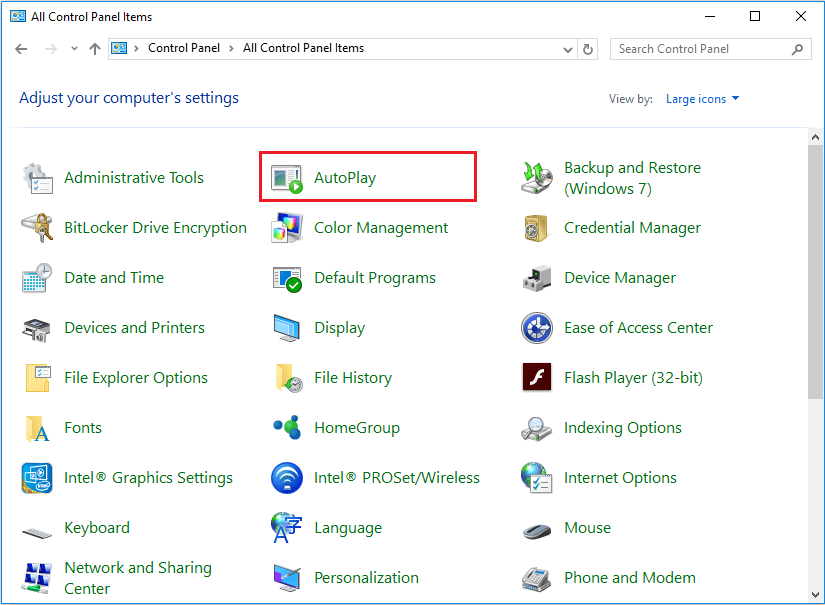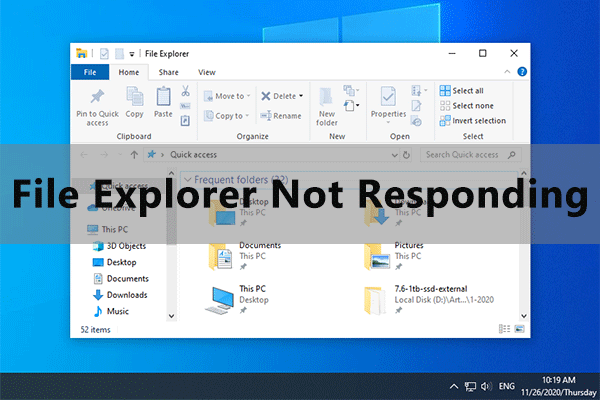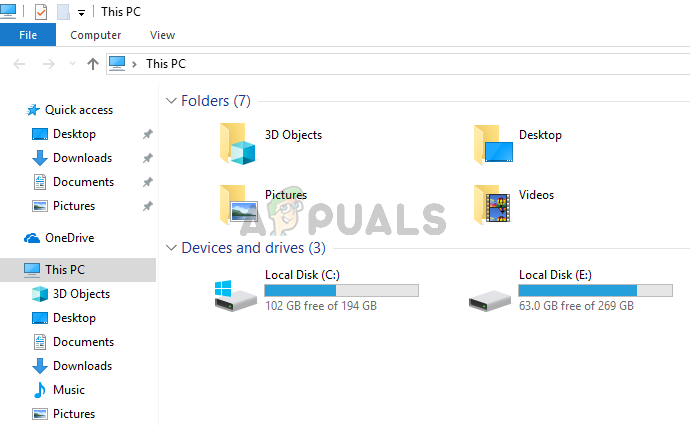

And it doesn't pass any credentials automatically. If the computer name portion of the requested URL contains periods (such as and ), Internet Explorer assumes that the requested address exists on the Internet. Internet Explorer must consider the requested URL to be on the intranet (local). Internet Explorer is the only browser that supports Windows-Integrated authentication (NTCR). The user's browser must be Internet Explorer. Or they must be in the trusted Windows NT-based or Windows 2000-based domains, in which the user's account can be granted permissions to resources on the IIS-based computer. Anonymous authentication is attempted first, followed by Windows-Integrated authentication, Digest authentication (if applicable), and finally Basic (clear text) authentication.īoth the client and the Web server must be in the same Microsoft Windows NT-based or Microsoft Windows 2000-based domain. Windows-Integrated authentication, also known as Windows NT Challenge/Response, must be enabled in the Web site properties in IIS. The following conditions must be met for Internet Explorer to automatically authenticate a user's logon and password and maintain security: Internet Explorer prompts for a password when you're using Windows-Integrated authentication (Microsoft Windows NT Challenge/Response).

Just open the Control Panel by searching for your Windows and open it.Windows Integrated authentication, Windows NT Challenge/Response (NTCR), and Windows NT LAN Manager (NTLM) are the same and are used synonymously throughout this article.

The good news is there is a fix for this that will fix this though.ġ. The problem here is sometimes due to corrupted Windows system files or corrupted drive which is connected may cause the Windows to keep opening the file explorer randomly. It will open the connected device data in file explorer which is fine and this option is enabled by default. What it does is it will open the file explorer whenever you connect a new drive such as HDD, SSD, or even Pendrive. Method 2: Disable AutoPlayįiles explorer keeps opening randomly will be caused by another thing called AutoPlay. If this didn’t solve the issue then keep reading for more methods that will fix the issue.

Hopefully, this will fix the File Explorer keeps randomly opening issue. This will close the file explorer and you just need to click file explorer on your taskbar or start menu to start again. If you are seeing File Explorer instead of Windows Explorer then just right-click on it and select End Task from the menu.


 0 kommentar(er)
0 kommentar(er)
